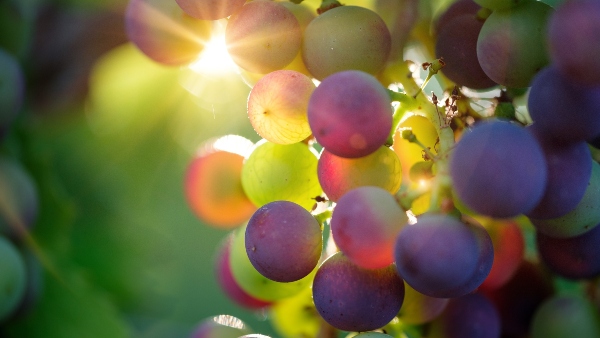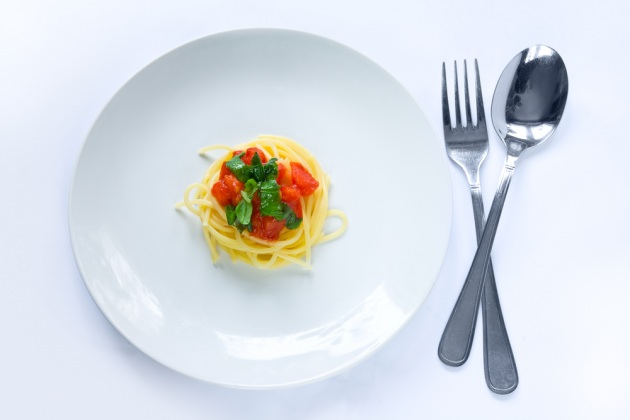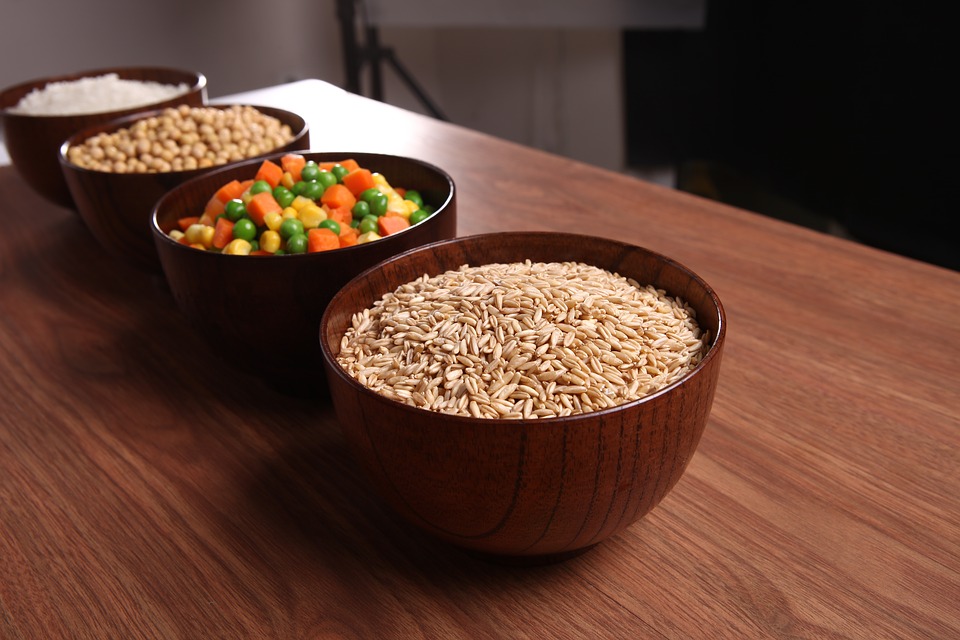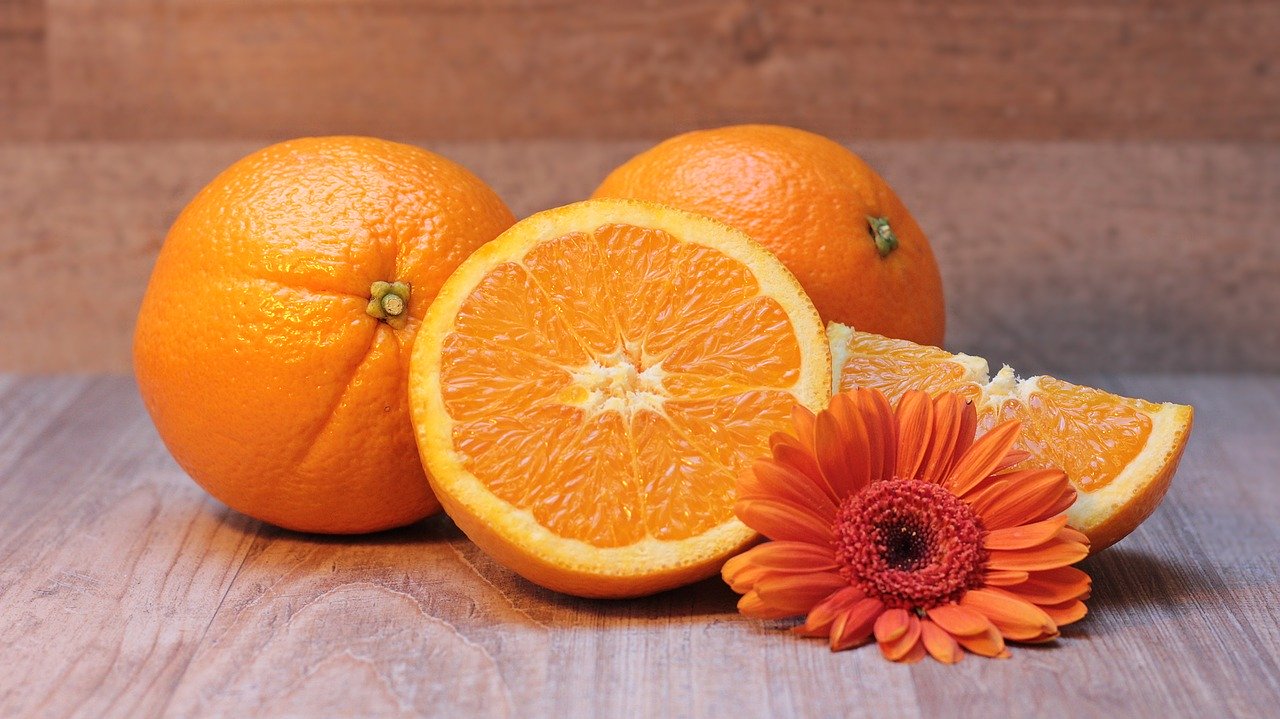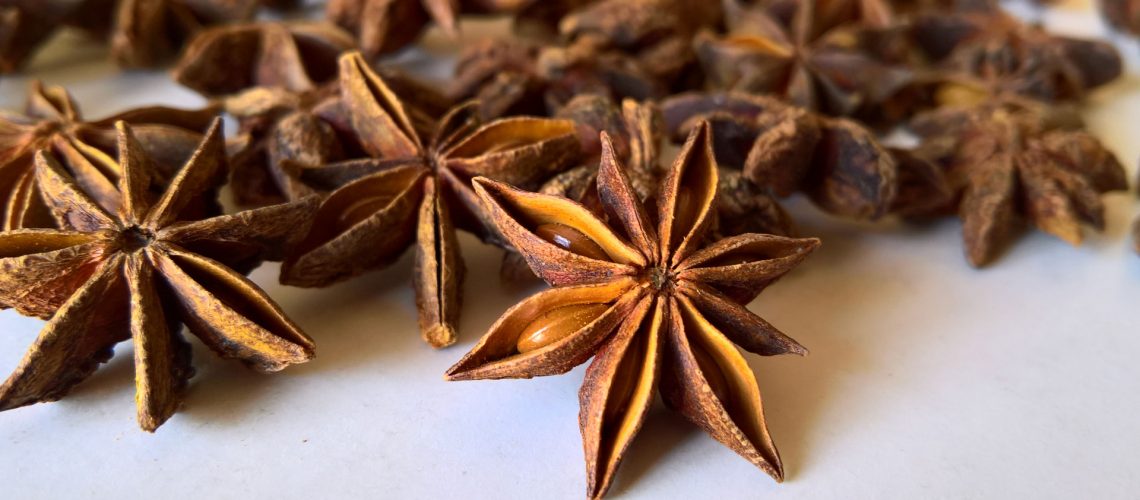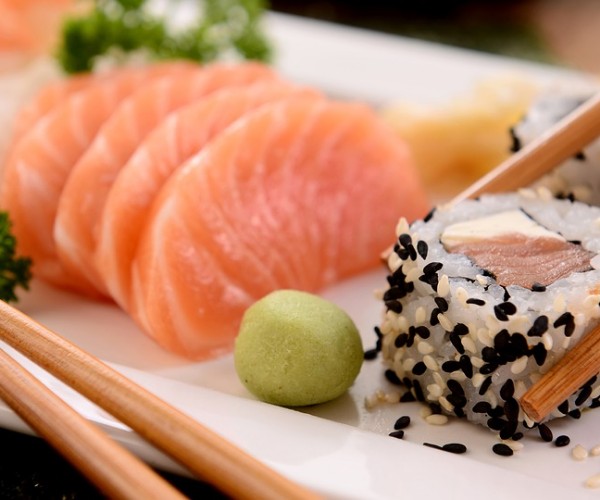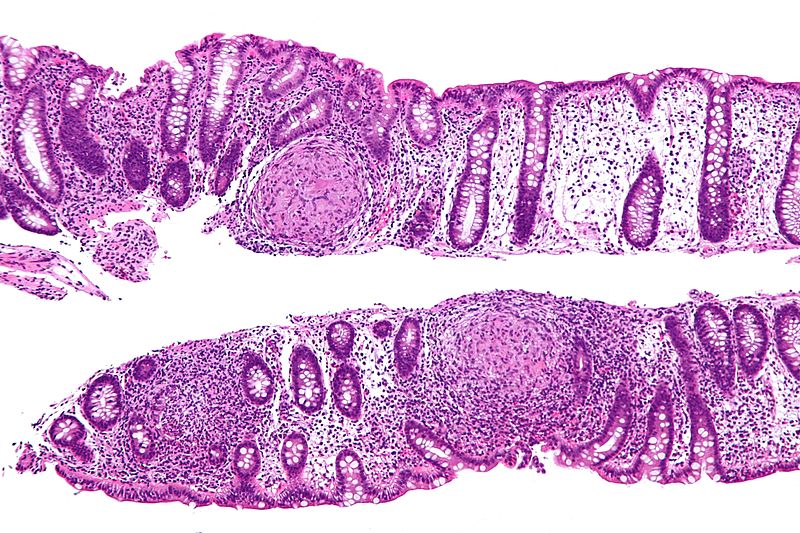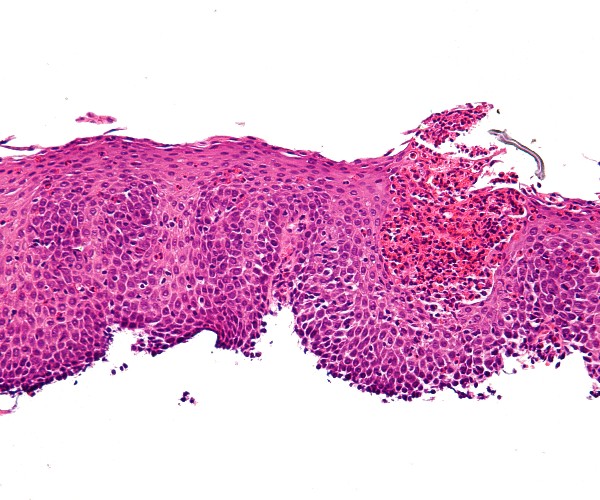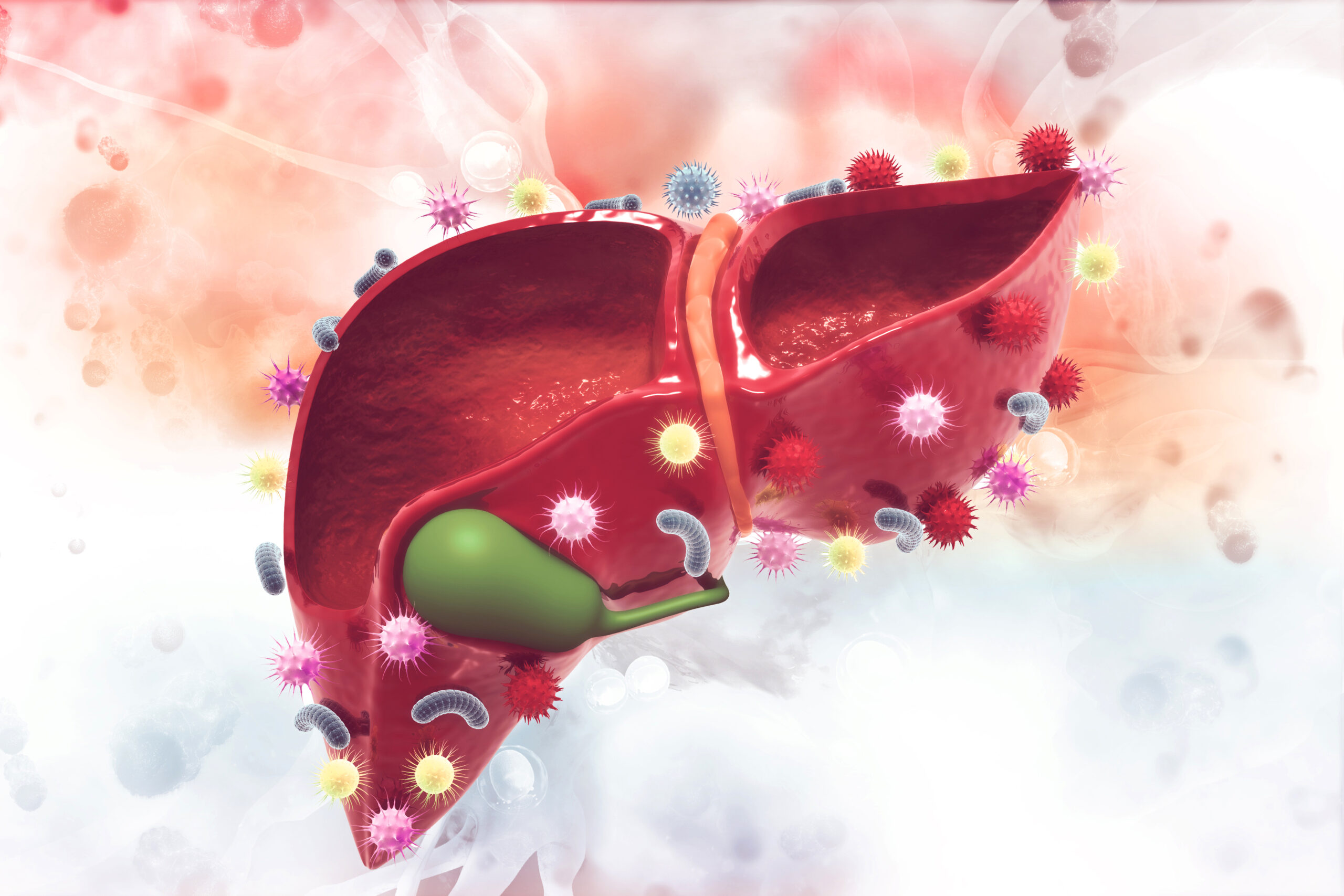What is striking is undoubtedly its shape: a star-like, woody, brown color to which it also owes its name: Star Anise, although some also call it staranise or badiam or badiane, the treasure chest of its treasure: the seeds.
Botanically. Star anise is called “Illicium,” a term derived from the Latin “illicio,” meaning “to attract,” while in Persian the name originates from “bādiyān,” hence the French translation “badiane.” Commonly referred to as anise, it was Linnaeus, a Swedish botanist, who gave it the name Pinpinella anisum in 1753, Anisina being derived from the Greek word for ‘to drive out’. Star anise is the fruit of Illicium verum, a tropical plant that belongs to the Illiciaciae family, native to Asia but widespread throughout the world. It is an evergreen plant that can reach up to 10 meters in height. It has large yellowish-white flowers, consisting of 15-20 petals arranged in a spiral, and of decorative value, from which the fruit is formed in the shape, precisely, of a star with 8 woody tips that opens when ripe, letting the seed spill out. The leaves are persistent and similar to those of magnolia. It prefers very sunny locations and climates with long, very hot summers.
Territory. There is some doubt about its origins: some say that Star Anise is native to China and Vietnam and some trace its origins to the ancient areas of Mesopotamia, Egypt, the fertile land of the Nile. Today it is grown almost exclusively in southern China, Indochina and Japan. On our territory it was already cultivated in Tuscany in Roman times where it is still present today. But it is also found in Sicily because of favorable climatic conditions and in Emilia. In the Middle Ages it was also introduced and cultivated in Central Europe.
Beware! not to confuse Illicium verum with Japanese anise, Illicium anisatum, also known as “Japanese Anise” or “Star Anise Bastard” or “Shikimi.” They are very similar in appearance, only the seeds are slightly smaller and have a more rounded shape and a small hook, but the Japanese variety is highly toxic and inedible, therefore intended for different uses. Indeed, in Japan it is used as incense, burned slowly, without a flame, to deodorize the environment.
Uses. It is impiagated in at least three areas: in cooking, cosmetics, and herbal medicine.
- In cooking: Star anise, contains among its ‘ingredients’ anethole, a substance with a similar taste to dill and somewhat reminiscent of licorice. So it has a rather strong flavor that makes it suitable for the preparation of liqueurs, desserts, or drinks. But know that small amounts are enough to flavor dishes and herbal teas. Before using it, it must undergo a procedure, letting the pods boil in water and then grinding them with a mortar until a fine powder is obtained that you can add as a flavor enhancer to foods, especially stewed vegetables and meat.
- Of pimpinella, you can eat the leaves: considered somewhere between a vegetable and an aromatic herb, and which are used, for example, to enrich salads.
- It is widely used in the preparation of herbal teas, in the form of decoction or infusion, whole or powdered, while the seeds are used in the preparation of sweet cakes and cookies, especially Christmas. In fact, together with ginger and cinnamon, it characterizes many traditional holiday preparations, particularly in northern Europe.
- It finds wide use in liqueurs including sambuca, pastis, sassolino, Anisette, various types of absinthe, mistrà, a typical product of the Marche and Lazio regions, or the “Galliano.” Star anise is also used in the French recipe for vin brulé or vin chaud, finally left to macerate in coffee it enhances the flavor.
- Throughout the Indian subcontinent, it is used in the preparation of biryani and masala chai. It is widely used in Chinese, Malay, Indonesian, and Vietnamese cuisines where, for example, it is a key ingredient in the production of phở, a noodle soup.
- In cosmetics: aromatic oil is used in cosmetics and perfumery, for the preparation of toothpastes, mouthwashes and soaps.
Curiosities
It may not be widely known that:
- anise, along with fennel cloves, cinnamon and pepper is one of the spices that is part of the “5 Chinese spices.” According to legend, this mixture, used in recipes in the kitchen, was a kind of ‘magic powder’ that contained the 5 basic Chinese elements-wood, fire, earth, metal and water-and the 5 basic flavors-sour, bitter, sweet, salty and pungent.
- The aroma and flavor of star anise are unmistakable and remain pleasantly in the mouth for quite some time.
- Chewing some seeds at the end of a meal helps digestion and improves breath.
- already Pliny the Elder knew its usefulness, as an elixir of youth and as a sleeping pill, and that Arabs, Greeks and Egyptians made extensive use of it.
Cultivation. The star anise plant does not have big requirements: it is usually grown in the ground and in pots if you live in cold, frost-prone areas during winter. However, there are some guidelines to follow:
- Temperature. It should not fall below -5°C, and the plant should be placed away from cold, dry winds. It prefers temperatures between 15-25°C, although it can withstand cold, even near-zero temperatures.
- The soil must be very fertile, loose, medium-textured and with medium-high active lime and clay values, a guarantee of optimal development. It must also have organic matter and drainage capacity in order to avoid stagnation and excess moisture.
- Irrigation: is essential especially during the first few months of the plant’s life, so as to promote eradication in the soil. Once the plant is mature, watering should be decreased and relegated exclusively to dry periods, always dosing the water to avoid water stagnation. Natural rainfall is often a sufficient source of watering for anise.
Multiplication
It occurs only by seed in the seedbed or in the ground. The seeds have a remarkably small size, so it is necessary not to overdo the soil in the covering stage and to work it carefully.
- In seedbed: sowing in the months between February and March is preferred. The seedbed should be left constantly moist to allow the seedling to develop smoothly, and when it has sprouted it will be ready to be planted.
- In the open ground: sowing directly into the garden or pot of choice in the spring, either by scattering, a technique that optimizes a small space, or in rows, a more rational method for later management. In both cases, the soil must first be well tilled and refined, as the seeds are very minute and do not like large clods of soil. As is the case with other species in the umbelliferous family, it is necessary to wait about two weeks/one month to see the germination of seedlings. Once hatched, the seedlings will need to be properly thinned, leaving spaces of about 20 cm among those left over, and using great care because seedlings are delicate !
- In pots: should be of medium size, at least 25 cm deep. A specific potting soil for aromatics can be used, as well as universal soil, preferably mixed with a moderate amount of compost and a few handfuls of river sand, to which you can also add topsoil that carries microorganisms useful to the plant. Before putting potting soil in the pot, it is essential to prepare a layer of expanded clay or gravel to ensure drainage of any excess water.
Fertilization and pruning
The exclusively organic one with mature manure or compost is preferred, to be administered with very light tilling of the soil in spring. After this initial fertilization, additional ones can be made with slow-release fertilizers to be given during the midseasons. Pruning of the plant is only necessary to remove dry branches or excessive vegetation of the inner part.
***
Harvesting and storage
Summer when the flowers (the umbels) turn color and turn brownish-gray represents is the most suitable time for harvesting, as the anise seeds are ripe. For good harvesting and later storage, umbrellas should be cut off at the base, tied in bunches and hung to dry, preferably wrapped in cloths, which allow transpiration and prevent dust from settling. Choose a shady and ventilated place for drying. When they are ready, whisk the umbrellas so that all the seeds come out, which you can partly use and store in the kitchen and partly keep as seed for the following year.
Diseases and harmful pests
Anise could be affected on the leaves by a fungal disease, the sclerotinia, which can be prevented by spraying with infusions or macerates ofhorsetail (Equisetum arvense), or with a propolis product. At the first appearance of symptoms, recognizable by a typical whitish efflorescence, remove the infected parts and place them in the compost heap, if you cannot burn them there.



